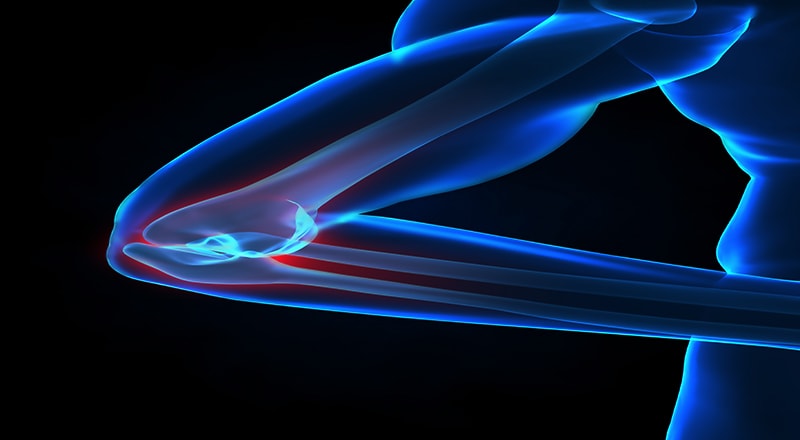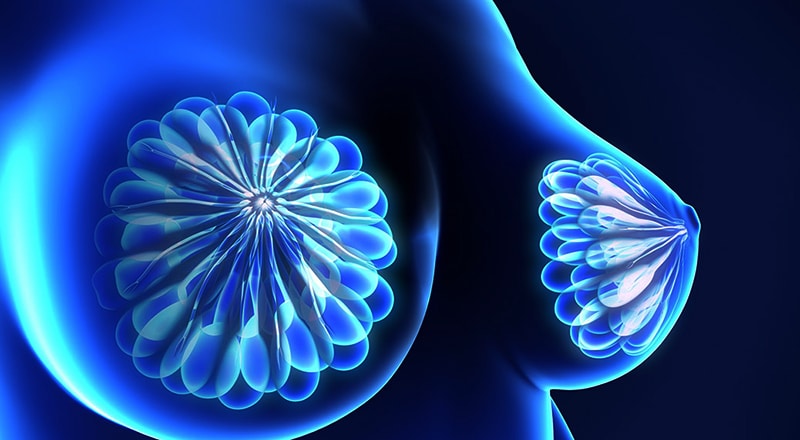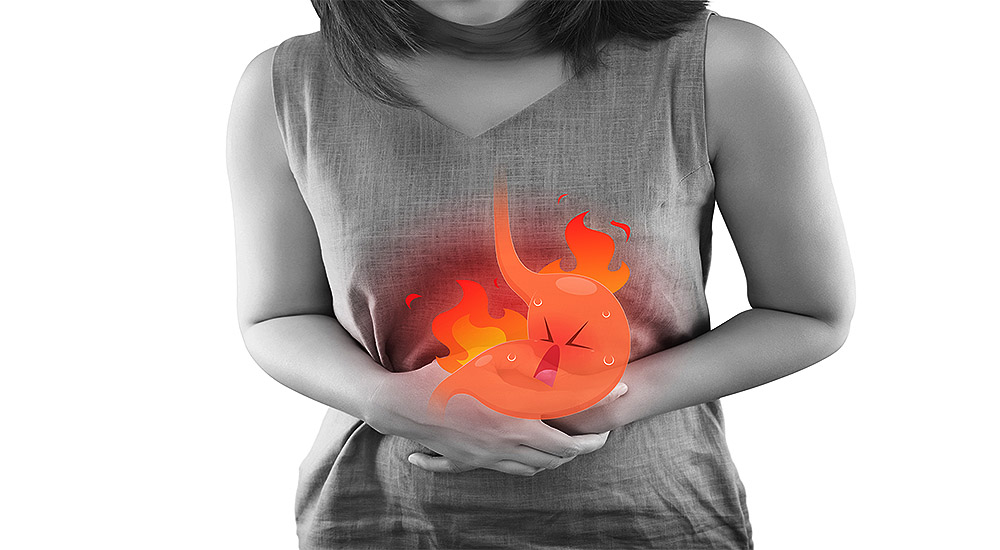Elbow Injuries In Children & How Physical Therapy Can Help

Why Children’s Elbow Injuries Should Not Be Neglected

The elbow joint is fairly complex as it is composed of three bones: the humerus or upper arm bone, and the two forearm bones – radius and ulna. The elbow joint is supported by ligaments and muscles.
At the end of each arm bone is a growth plate. Strains or fractures that involve this growth plate can lead to halted growth of the bone or growth deformities. This is why it is so important for elbow injuries to be taken seriously.
What Increases Your Child’s Risk of Injury?
There are several different types of elbow injuries. They can be classified as acute in nature or from overuse.
Acute injuries are injuries that are the result of a single traumatic incident, such as falling on an outstretched arm or receiving a hard blow to the elbow.
Overuse injuries are ones that develop over time due to repetitive motions or activities.
If your child is experiencing elbow pain, it is important to schedule an appointment with a qualified physical therapist so they can identify the mechanism of injury and devise the best course of treatment.
Acute Injuries:
Growth Plate Fracture – According to the American Academy of Orthopedic Surgeons, elbow fractures account for 10% of all fractures in children.
Growth plate fractures can occur when a child falls on an outstretched arm. A common incidence where this happens is when a child is playing on the monkey bars and slips and falls. The child puts his arm out to catch himself and ends up landing on his elbow or palm.
The bone surrounding the growth plate is fragile and weaker in comparison to the muscles and ligaments supporting the shoulder and elbow joints, so when a great deal of force is directed through the bone it can fracture. Falling off the bed, rollerblading accidents, and sports-related falls are other common causes in which growth plate fractures can occur.
It is important to seek medical attention when dealing with a growth plate fracture to ensure that the bones heal correctly and do not present growth deformities down the road.
Nursemaid’s Elbow – This injury generally occurs in young children ages 5 and younger. This condition presents as a partial dislocation, or “subluxation”, of the head of the radius bone (one of the forearm bones whose ‘head’ is at the elbow joint). Causes of this injury include pulling up on a child’s hand or wrist, swinging a child by the arms, or swiftly jerking on a child’s arm.
In young children, the ligaments that surround the elbow are very loose, and when the arm bones are pulled apart the ligaments can slip into the joint space and push the bones out of place.
This injury, fortunately, doesn’t have any long term repercussions, but it will require a visit to your nearby medical center where a doctor will slip the bones back into place.
Overuse Injuries:
Sports are a large part of childhood and a great way to get children to lead healthy, active lifestyles. However, problems can arise when children are enrolled in high-level competitive sports when their body structures are still developing.
Children’s bones and muscles are immature and are thus susceptible to injury. The physical demand for high-level sports at a young age can overwhelm these undeveloped muscles and bones, leading to overuse injuries, especially when poor technique is used.
Little League Elbow ( also known as Medial Epicondyle Apophysis) – this condition is an inflammation around the growth plate (apophysis) on the inside of the elbow (called the medial epicondyle).
The injury arises from a repetitive throwing motion, such as pitching. If ignored or left untreated, the repetitive pulling on the ligaments and muscles can pull off small fragments of bone at the attachment site, which can lead to growth deformities later on.
Osteochondritis Dissecans – This condition is also a result of repetitive throwing motions.
Osteochondritis dissecans presents itself on the outside of the elbow around an area of the humerus bone called the capitellum. Repetitive throwing causes the muscles to tighten and tug on the capitellum which leads to small fractures in the bone.
If not given time to heal, these small fractures eventually lead to a loss of blood supply to that area. Without a blood supply, this area of cartilage and bone eventually dies and can break off into the joint.
Signs of this condition include pain, swelling, and inability to fully straighten the elbow. If your child is displaying any of these signs, you should schedule an exam with a physical therapist immediately. Time is of the essence.
Tendonitis – Tendonitis means inflammation (‘itis’) of the muscle-tendon. This problem can arise from any repetitive motion, whether it be throwing a ball, swinging a racket, or swinging a golf club. This inflammation arises from the repeated pull on the muscles that surround the elbow without giving them sufficient time to rest and relax.
If muscle tension persists, over time the muscles can tighten around nerves, reduce blood flow, and decrease muscle strength. Tendonitis is so common among athletes (young and old) that there are even sports specific nicknames for these ailments:
• Golfer’s Elbow – Tendonitis of the muscles that attach to the bony prominence on the inside of the elbow (medial epicondyle).
• Tennis Elbow – Tendonitis of the muscles that attach to the bony prominence on the outside of the elbow (lateral epicondyle).
Children with tendonitis will complain of tenderness near the joint and a dull, achy pain along the muscle traveling up to the joint. The pain can be worse at night or during activities that use the elbow.
If left untreated, tendonitis can progress to chronic tightening and scar tissue build-up, so it is important to visit a qualified physical therapist if your child is displaying these symptoms.
What Treatment is Best for Your Child
As a Doctor of Physical Therapy and an Orthopedic Certified Specialist, I, and my team at Root Cause Medical Clinic are trained to identify these common injuries and put your child on the right path to recovery. We use manual therapy to break up scar tissue, release muscle spasms, and tension while restoring range of motion.
If muscle tension persists, over time the muscles can tighten around nerves, reduce blood flow, and decrease muscle strength.
Modalities, such as ice, electric stimulation, ultrasound, and heat are used to relieve pain. In conjunction with therapeutic exercises and an individually tailored home exercise program, we can typically restore the elbow to 100% functioning.
Do you need help with your health?
We have the diagnostic and testing tools, the clinical experience, and a different medical approach to discovering the root cause of why you have the symptoms that are bothering you. As long as you are ready to make some dietary and lifestyle changes, we can help you. We will "hold your hand" through the changes, step by step, to make each step an easy one. We are located in Clearwater, FL, at 1000 S Ft Harrison, at the corner of Ft. Harrison Ave. and Magnolia St. There is plenty of parking space directly accessible from Ft Harrison. If it is not convenient for you to come to Root Cause Medical Clinic, we offer telehealth/telemedicine consultations to residents of certain states. Call us for details.
Contact us for a Consultation – Call 727-335-0400
Ask a Doctor
Have a health concern you'd like to speak with a doctor about? Or just want clarity on a subject? Ask Us!
Featured Articles
Popular Stories

Dr. Rupa Chakravarty DPT, OCS
Director of Physical Therapy at Root Cause Medical
Doctor of Physical Therapy, Orthopedic Certified Specialist
Dr. Chakravarty has numerous certifications for different techniques in Physical Therapy practice. She employs an extensive array of manual as well as exercise techniques to manage her patients’ symptoms during their course of therapy.



